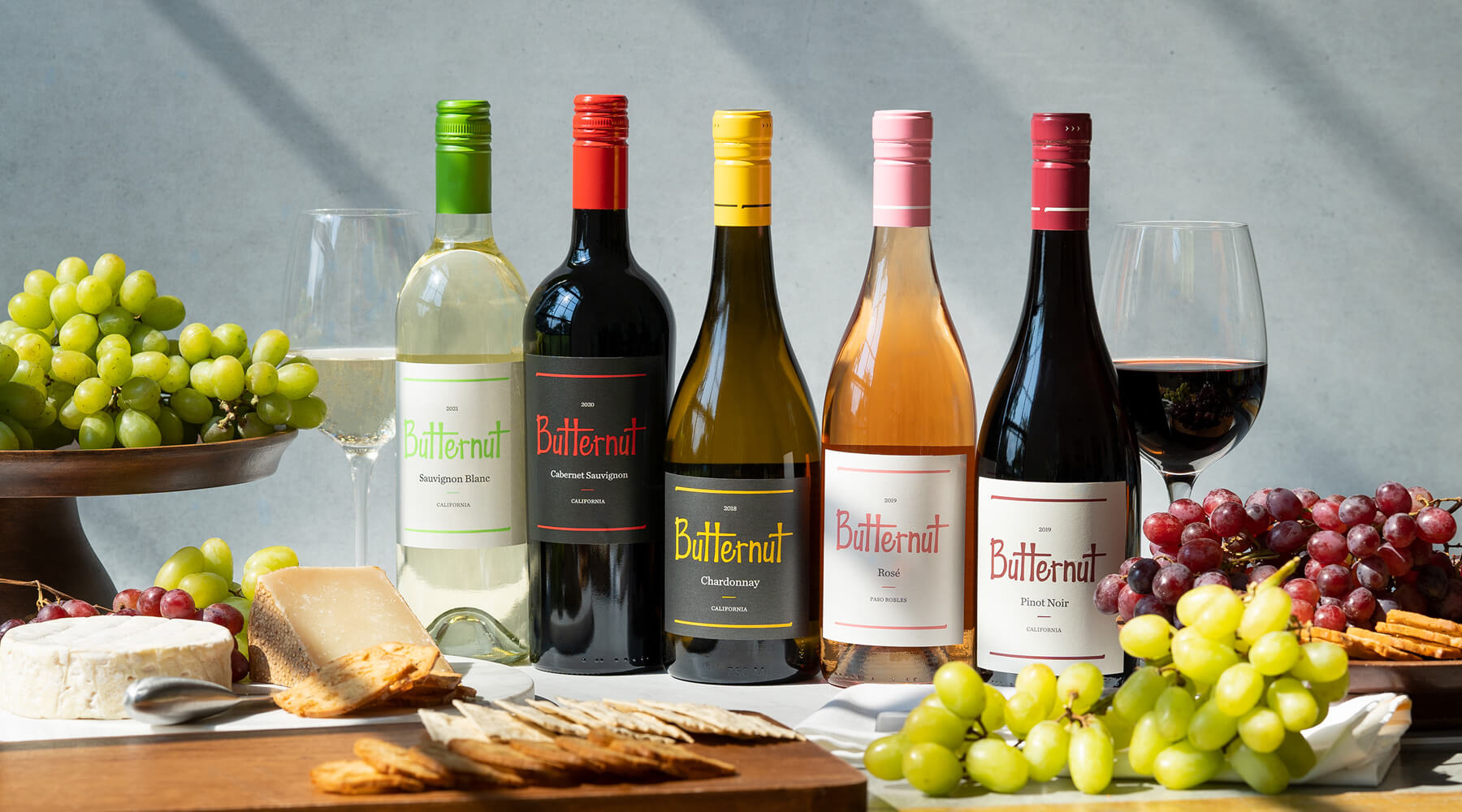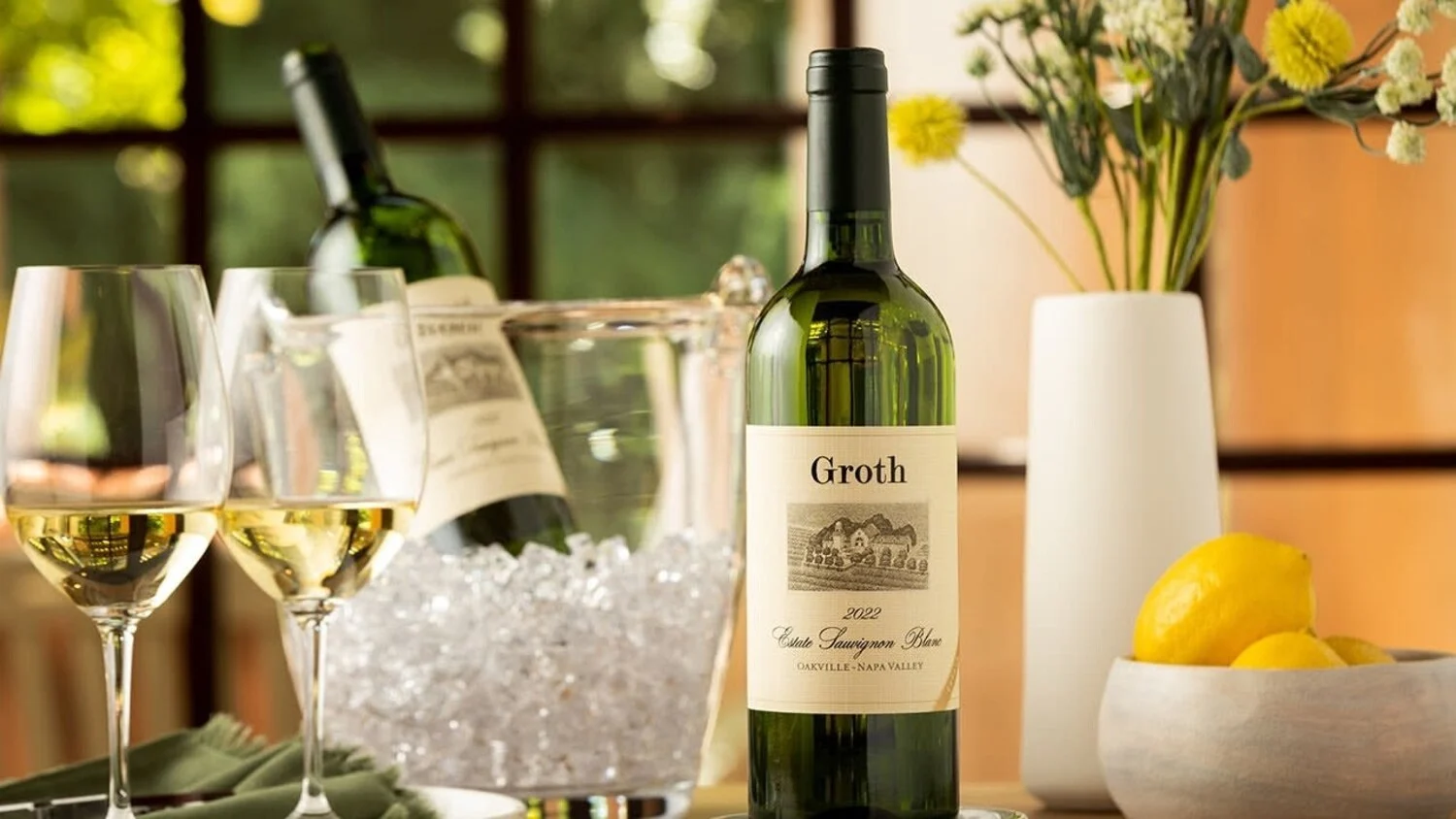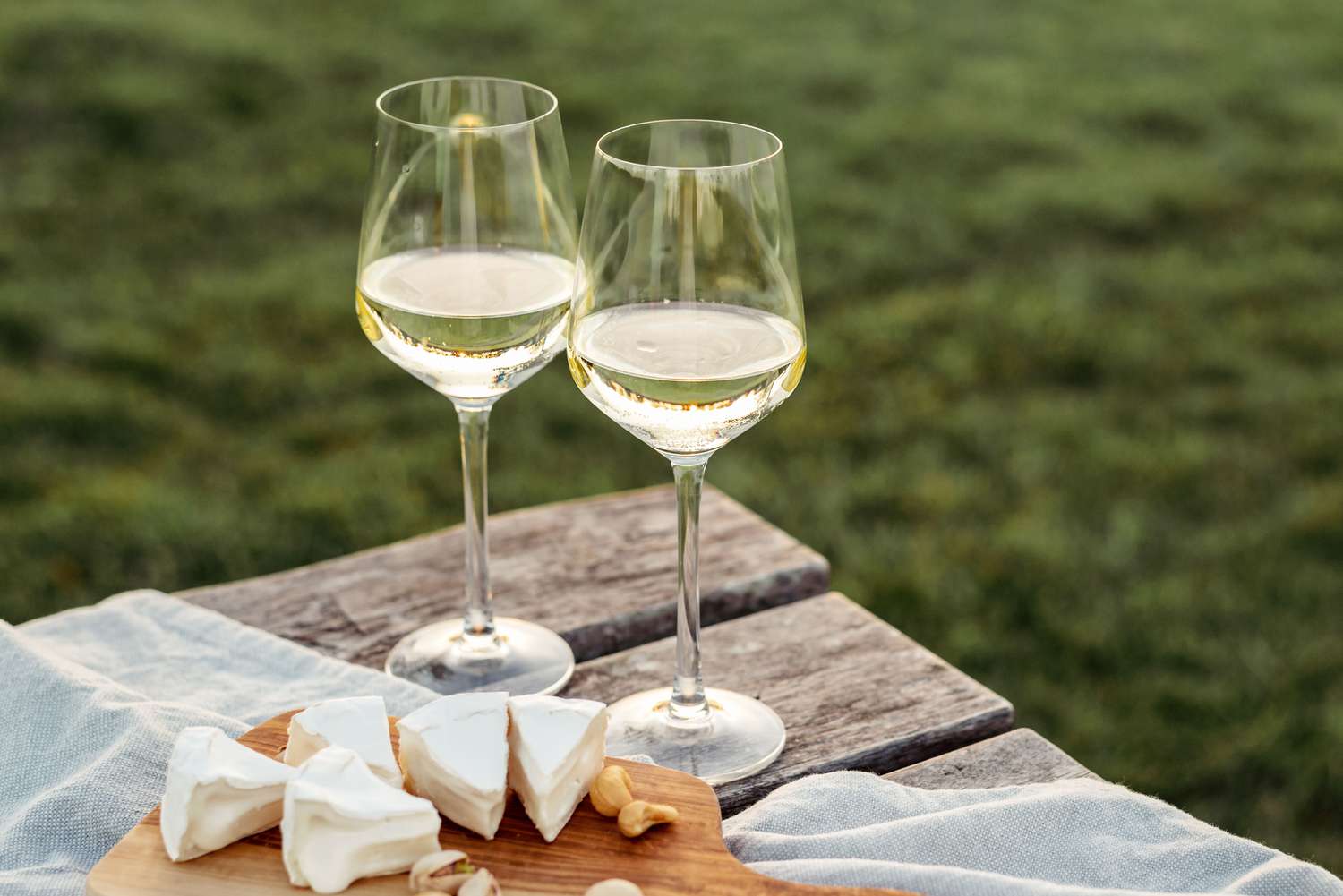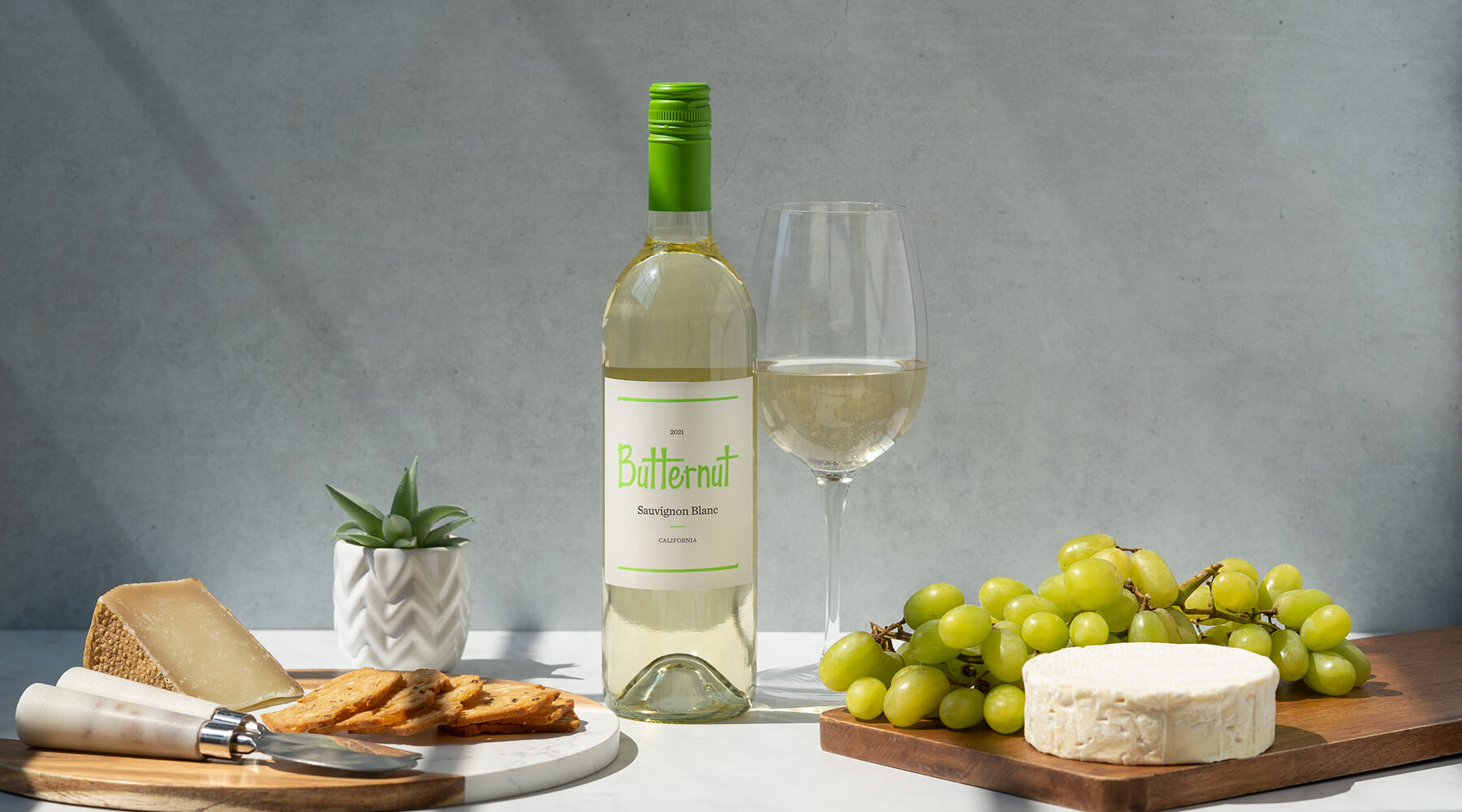When it comes to wine and food pairing, few varietals offer the versatility and food-friendly characteristics of Sauvignon Blanc. This green-skinned grape variety, which originates from the city of Bordeaux in France, has earned its reputation as the ultimate food wine through its distinctive aromatic profile, bright acidity, and remarkable ability to complement an extraordinary range of dishes. The grape most likely gets its name from the French words “sauvage” (“wild”) and “blanc” (“white”) due to its early origins as an indigenous grape in South West France.
What sets Sauvignon Blanc apart from other white wines is its unmistakable character that wine experts describe as “crisp, elegant, and fresh”. The wine’s sharp and piercing aroma reminds different tasters of gooseberries, nettles, crushed blackcurrant leaves, and its distinctive grassy notes. This aromatic intensity, combined with its naturally high acidity, creates the perfect foundation for food pairing success.
Sauvignon Blanc is planted in many of the world’s wine regions, producing wines that range dramatically in flavor profile depending on climate. In cooler climates, the grape produces wines with noticeable acidity and “green flavors” of grass, green bell peppers, and nettles, along with tropical fruit notes like passion fruit and floral elderflower characteristics. Warmer climate versions develop more tropical fruit notes but risk losing aromatic complexity from over-ripeness, leaving subtle grapefruit and tree fruit notes. This climate-driven diversity means there’s a Sauvignon Blanc style to complement virtually any cuisine or cooking method.
Why Sauvignon Blanc Excels as a Food Wine

The secret to Sauvignon Blanc’s food pairing success lies in its fundamental characteristics. With its bright acidity and tropical fruit notes, Sauvignon Blanc proves remarkably versatile when it comes to food pairings, from light seafood dishes to creamy pastas. The wine’s natural acidity acts as a palate cleanser, cutting through rich, fatty foods while enhancing the natural flavors of lighter dishes.
Most Sauvignon Blanc is fermented at relatively low temperatures in stainless steel with the intention of preserving every bit of youthful fruit. This winemaking approach maintains the wine’s fresh, vibrant character that makes it so food-friendly. The wines are designed to be drunk as young as possible, ensuring maximum aromatic impact and acidity retention.
Australian Sauvignon Blanc exemplifies these qualities, typically presenting as elegant, zingy, and refreshing with unique flavors of citrus, tropical fruit, and green herbs. It’s hard to confuse with other wines thanks to its distinctive aromatic profile, making it an excellent choice for both novice and experienced wine drinkers seeking reliable food pairing options.
Seafood: The Classic Pairing
Sauvignon Blanc’s affinity for seafood is legendary, and for good reason. The wine pairs beautifully with lighter seafood dishes such as grilled shrimp and scallops, where its citrus notes bring out the sweetness in these delicate dishes while its acidity helps balance any richness or creaminess. The light body makes it an ideal accompaniment for fish such as salmon or tuna.
Light, bright seafood dishes create an amazing match with the acidity found in Sauvignon Blanc. Dishes like octopus ceviche, cioppino, or grilled shrimp skewers with green tahini sauce showcase how the wine’s crisp character enhances oceanic flavors without overwhelming delicate seafood preparations. The wine is also known as one of the few wines that can pair well with sushi, making it an excellent choice for Japanese cuisine.
For those seeking premium pairings, goat’s cheese, oysters, and shellfish represent some of the most harmonious combinations with Australian Sauvignon Blanc. The wine’s natural salinity and mineral notes complement the briny characteristics of shellfish, while its acidity cuts through the richness of cheese-based preparations.
Vegetarian and Plant-Based Cuisine

One of Sauvignon Blanc’s most remarkable qualities is its exceptional compatibility with vegetables, making it one of the few wines that truly excels with plant-based cuisine. The wine’s herbal notes bring out the natural flavors of vegetable-centric dishes while its acidity helps cut through any rich cheeses that may be present.
Sauvignon Blanc works wonderfully with vegetables, salads, and appetizers like artichoke dip or roasted vegetables. The wine’s grassy, herbaceous characteristics create natural flavor bridges with green vegetables, herb-forward sauces like pesto, chimichurri, and mojo sauce. Dishes featuring roasted broccoli with garlic and basil tahini sauce, smashed Brussels sprouts with lemon tahini sauce, and cold cucumber soup represent perfect vegetarian pairings.
Crisp, flavorful salads prove to be perfect companions for Sauvignon Blanc’s bright character. The wine’s acidity enhances fresh ingredients while its fruit notes add complexity to simple preparations, making it an ideal choice for health-conscious diners and vegetarian cuisine enthusiasts.
Poultry and Light Proteins
For more substantial meals featuring chicken or pork chops, Sauvignon Blanc serves as an excellent pairing option. The wine’s acidity helps cut through heavier proteins while its herbal notes enhance any herbs used in seasoning the dish. The light body provides enough complexity to stand up against heartier entrées without overpowering them.
Chicken dishes particularly shine with Sauvignon Blanc, from chicken piccata and grilled mango chicken to chicken gyro bowls. The wine’s citrus characteristics complement lemon-based sauces and marinades, while its herbaceous qualities enhance dishes featuring fresh herbs like basil, cilantro, and parsley.
Light chicken dishes represent one of the most reliable pairing categories for Sauvignon Blanc, offering endless possibilities for home cooks and restaurant diners alike. The wine’s versatility means it works equally well with grilled, roasted, or sautéed preparations.
Cheese and Dessert Pairings

Sauvignon Blanc’s relationship with cheese, particularly chèvre (goat cheese), represents one of the wine world’s most celebrated pairings. The wine’s acidity cuts through the cheese’s richness while its fruit notes complement the tangy, earthy flavors characteristic of goat cheese. This pairing works beautifully in both simple presentations and complex dishes featuring goat cheese pasta with lemony kale pesto.
For dessert pairings, Sauvignon Blanc’s bright acidity makes it an excellent choice for fruit-forward desserts such as lemon tarts and crumbles. The wine’s sweet citrus notes provide complementary flavors to subtly sweet desserts while helping prevent palate fatigue by cleansing the mouth between bites. These characteristics make Sauvignon Blanc an especially delightful companion when served with fruity desserts like key lime pie and cherry cobbler.
Serving and Storage Tips
Sauvignon Blanc should be served slightly chilled to maximize its refreshing qualities and aromatic intensity. The wine is usually consumed young and does not particularly benefit from aging, as varietal Sauvignon blancs tend to develop vegetal aromas reminiscent of peas and asparagus with extended aging.
Unoaked Australian Sauvignon Blanc is made to be consumed young, though some high-quality oaked styles can be aged for up to 5 years. Store bottles in a cool, dark, and dry place where the temperature doesn’t fluctuate, with corked wines stored lying down.
Sauvignon Blanc represents the ultimate food wine through its exceptional versatility, distinctive character, and natural affinity for a vast range of cuisines. Whether you’re planning a seafood feast, vegetarian dinner, or casual gathering, this remarkable varietal offers reliable pairing success that enhances both wine and food experiences.


